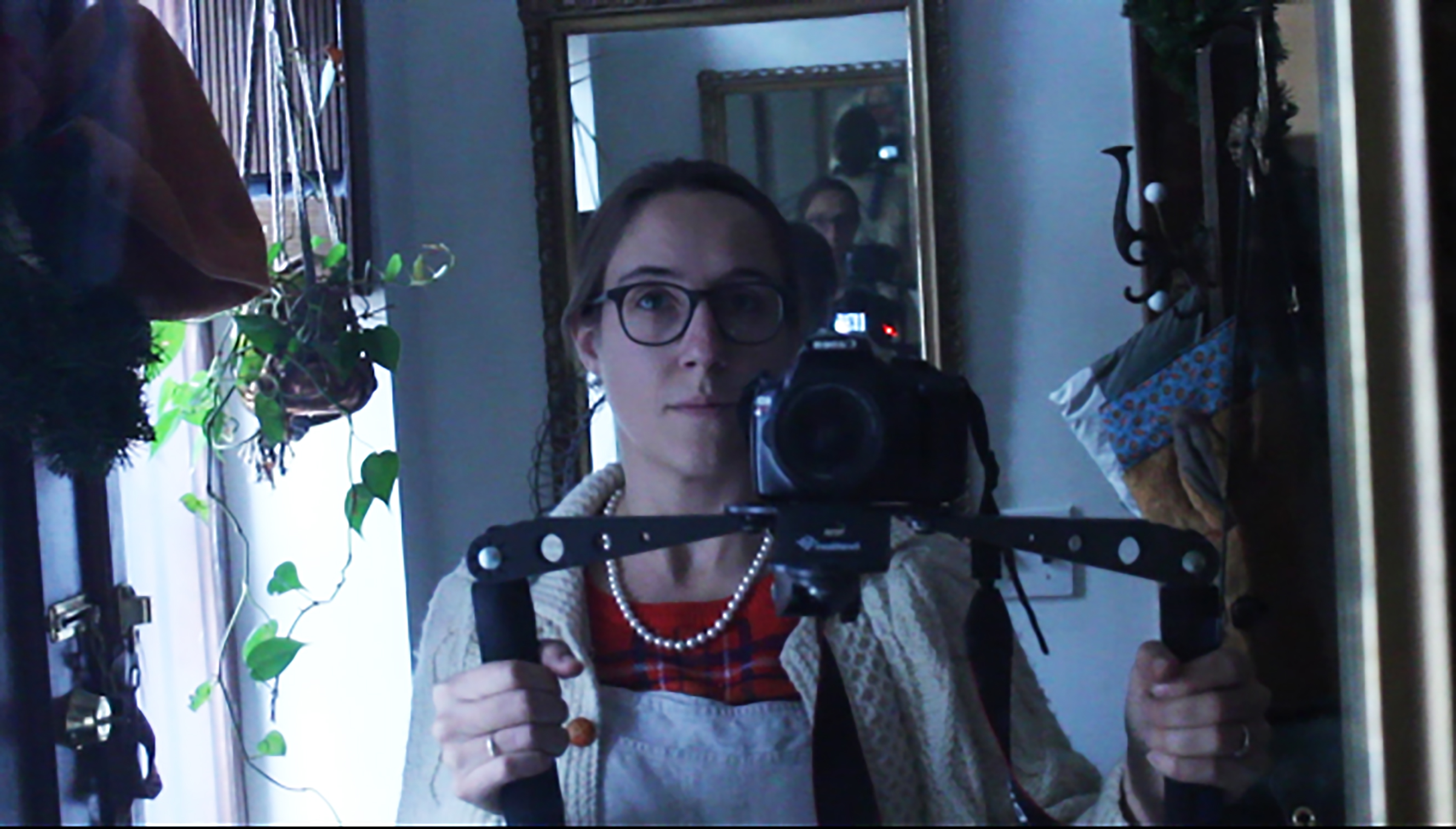- 2-D animation
- 3-D animation
- Abstract
- Abstract Painting
- Alt. process photography
- Animation
- Architect
- Archivist
- Art History
- Arts Writer
- BFA
- Blacksmith
- Book arts
- Book Illustration
- Branding
- Calligraphy
- Caricature
- Carpentry
- Ceramic
- Collaborative/collective
- Collage
- Color Photography
- Comics
- Commercial Photography
- Commission
- Community art
- Concept Art
- Conceptual
- Construction
- Copy photography
- Curator
- Development
- Digital 3-D modeling
- Digital Fabrication
- Digital Media
- Digital Photography
- Documentary
- Eco-Art
- Editor
- Editorial photography
- Engraving
- Etching
- Event photography
- Fab Lab
- Fashion
- Feminist
- Fiber
- Fiber Art
- Figure
- Film
- Film Photography
- Freelance
- Furniture Design
- Gallerist
- Game developer
- Garments
- Gender
- Goldsmith
- Graphic design
- Health and medical
- Home furnishing
- Identity Design
- Illustration
- Installation
- Interactive
- Interior Design
- Interior Painting
- Jewelry
- Kinetic
- Landscape
- Landscape Architect
- Lettering
- Letterpress
- Logo Design
- Master Printer
- Mechanical drawing
- Metal Fabrication
- Metalsmithing
- MFA
- Miniature
- Model
- Model maker
- Monotype
- Mural
- Mural Artist
- Music
- Packaging Design
- Painting
- Performance art
- Photography
- Porcelain
- Portrait
- Portraiture
- Preparator/ Art Handler
- Printmaking
- Product Design
- Public Art
- Public Engagement
- Representational
- Restoration
- Robotics
- Screenprinting
- Sculptor
- Sculpture
- Sign painter
- Social media
- Social Practice
- Soft Sculpture
- Stone
- Stop Motion Animation
- Street Art
- Surface Design
- Teaching artist
- Textile
- UI Design
- Video
- Visual Identity
- Web Design
- Wedding photography
- Window display
- Woodcut
- Woodworking
- Writer
Time Clocks
Connect me with Amelia Garretson-Persans

Time Clocks video still
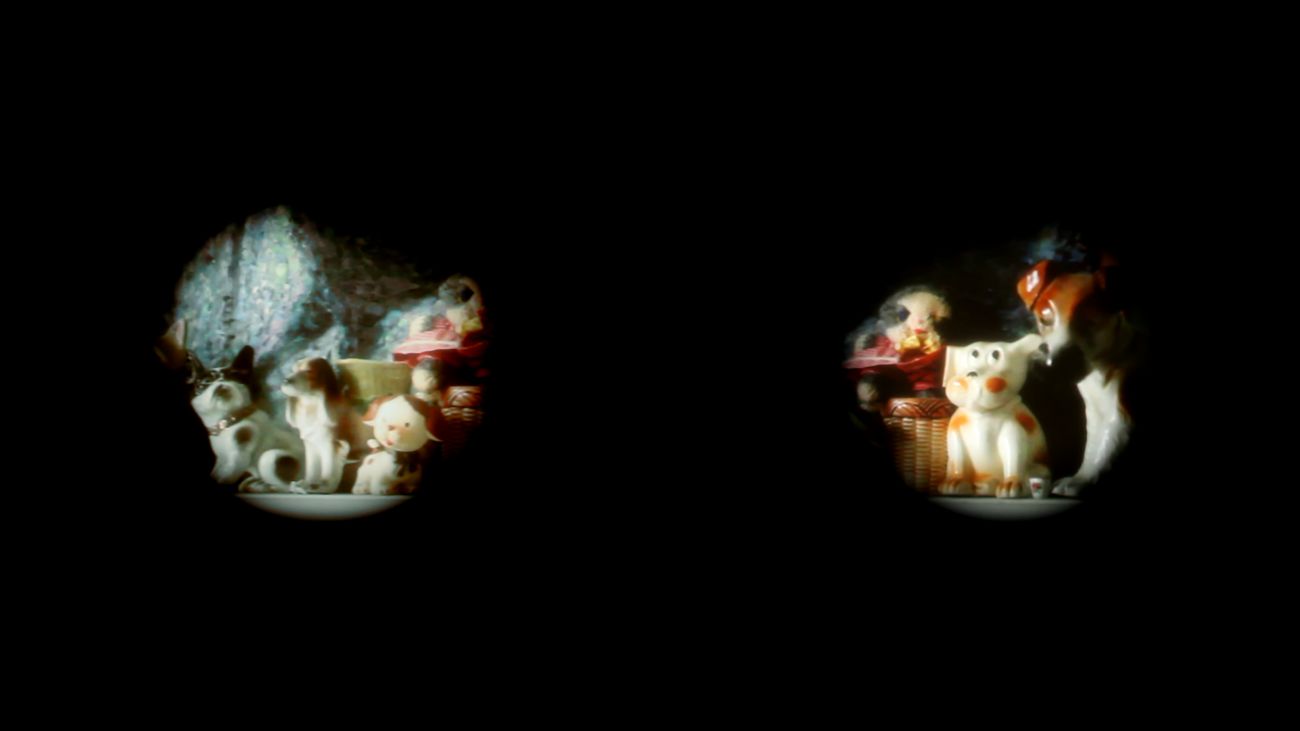
Time Clocks video still
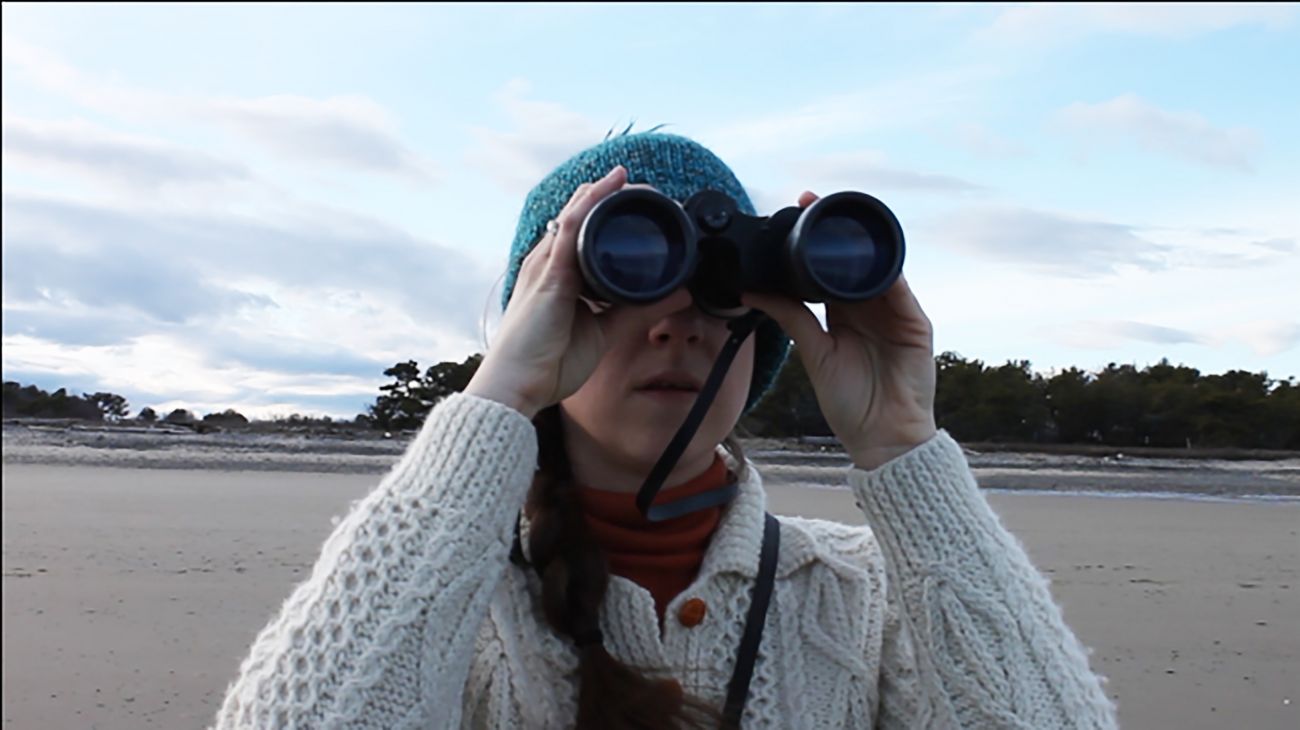
Time Clocks video still
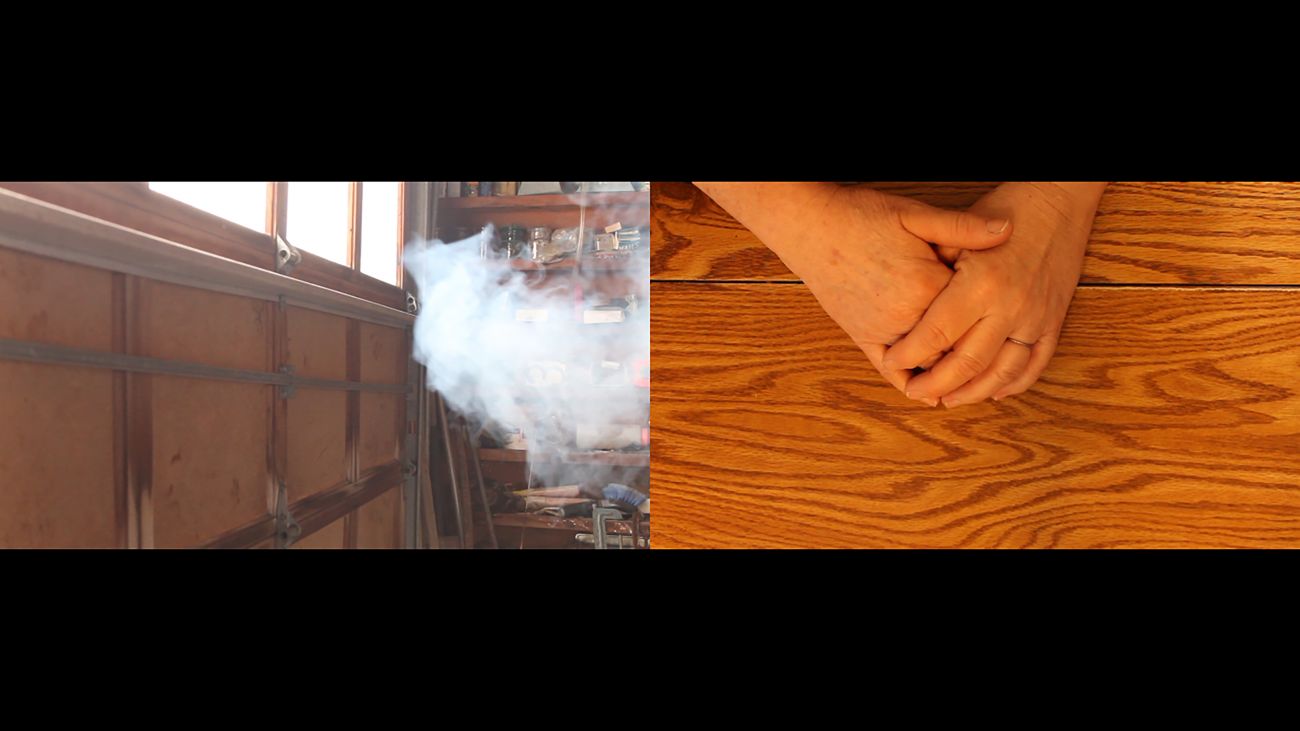
Time Clocks video still
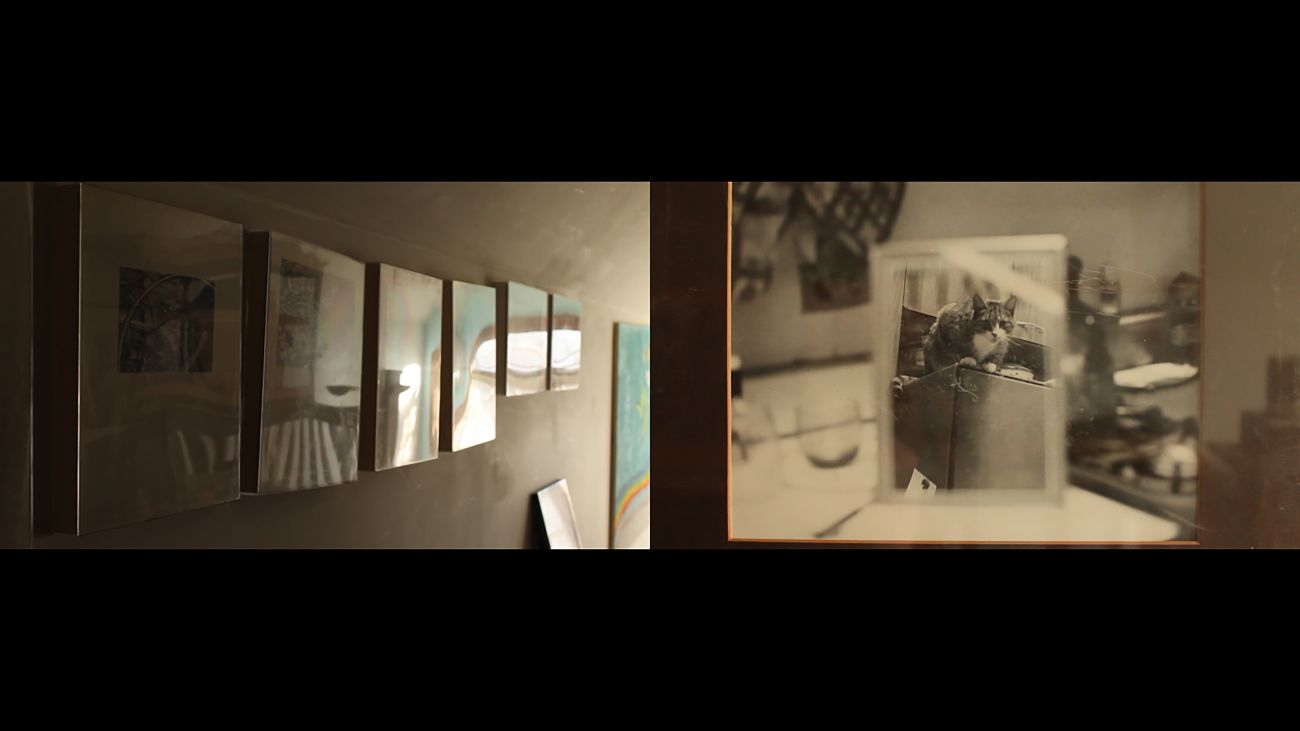
Time Clocks video still
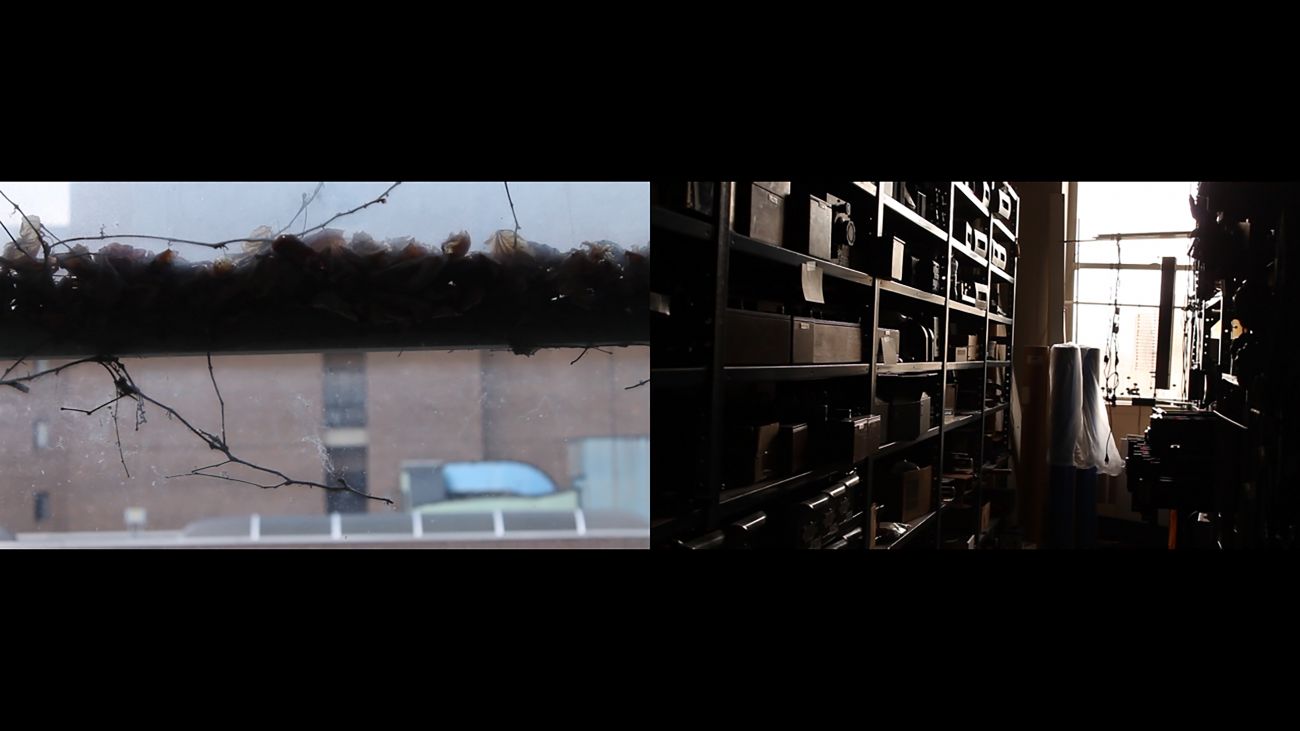
Time Clocks video still
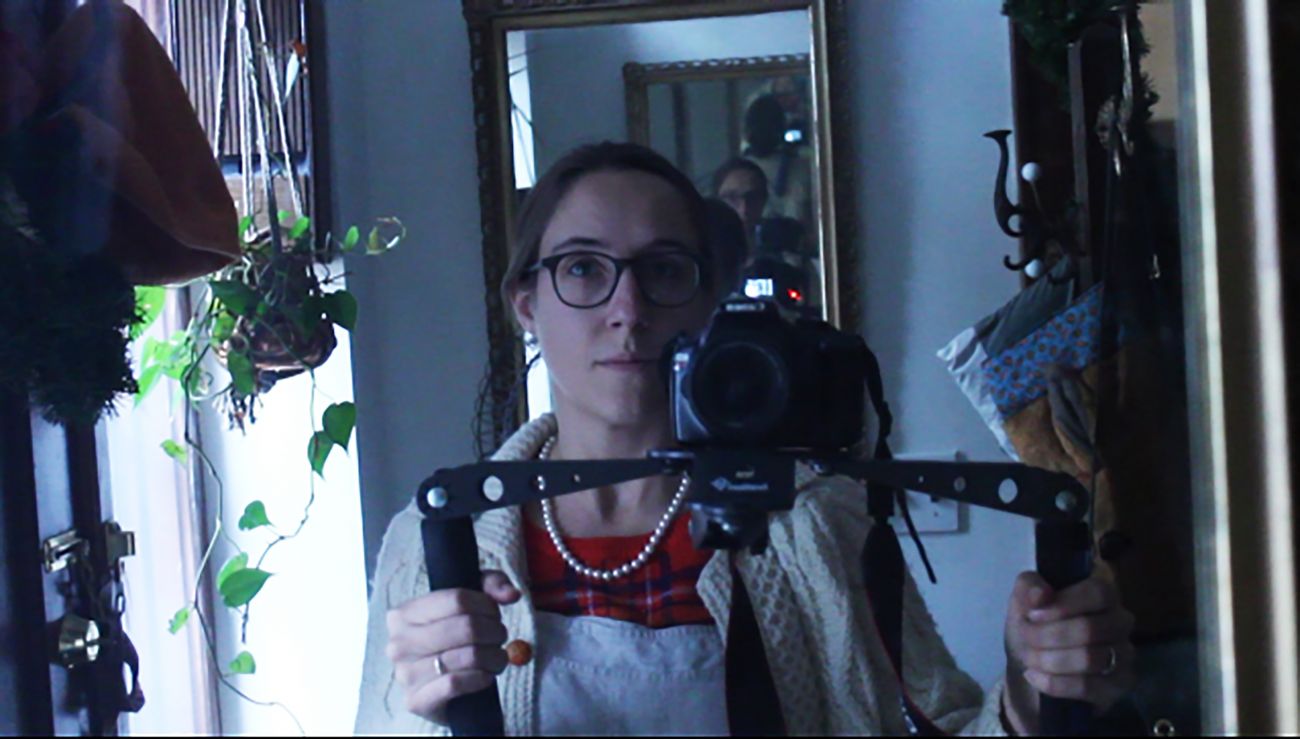
Time Clocks video still

Time Clocks video still
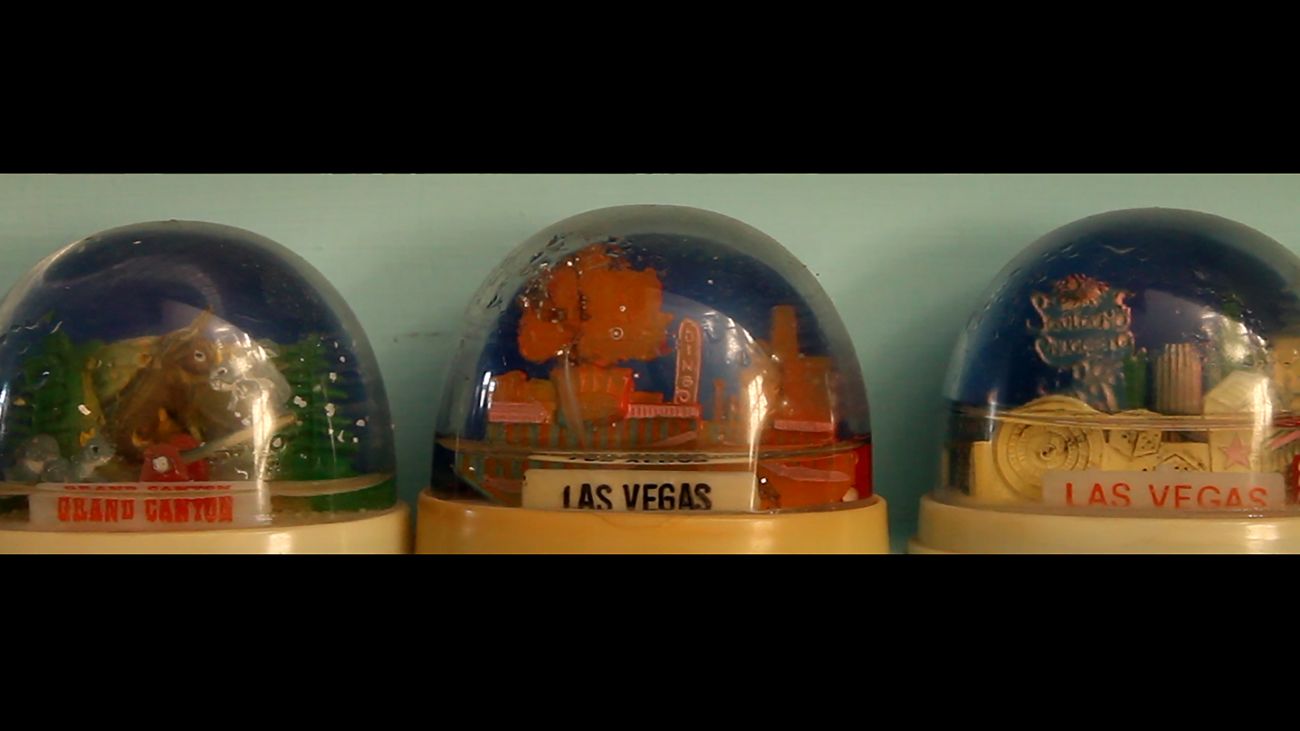
Time Clocks video still
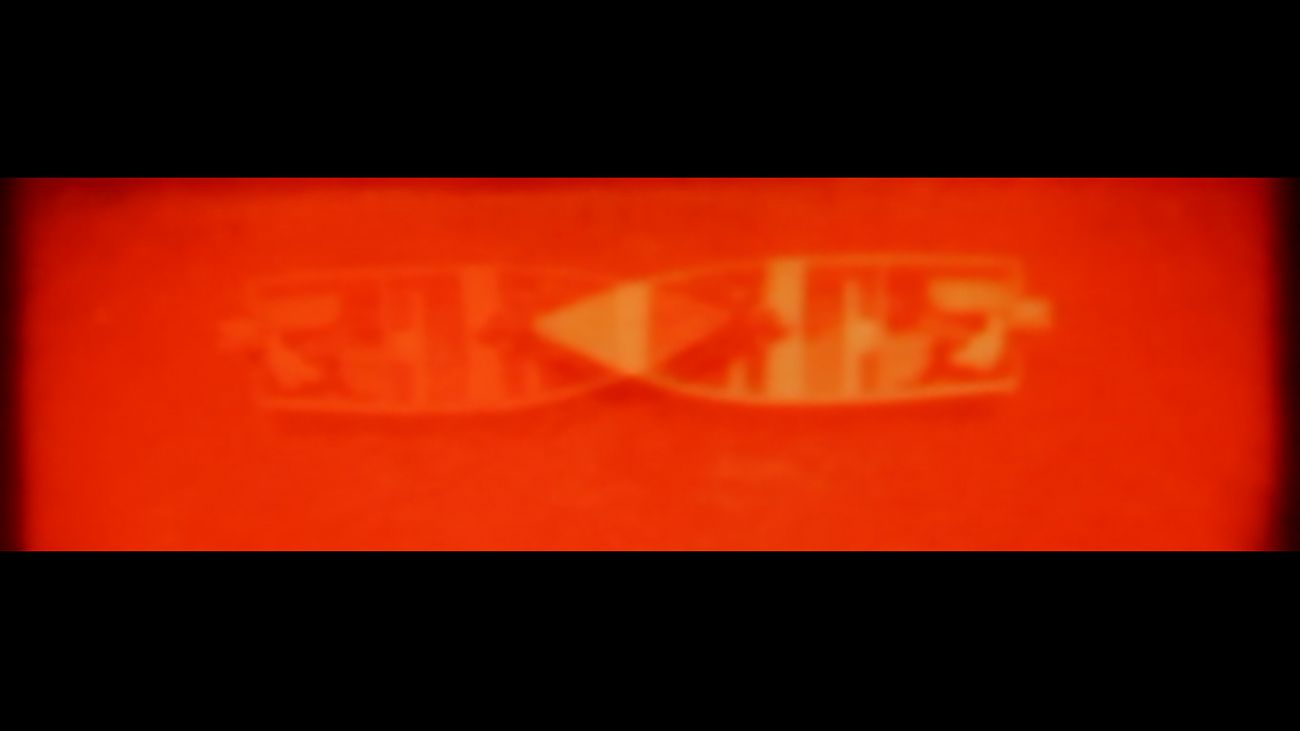
Time Clocks video still
Description
TIME CLOCKS, 2016, Digital film, 10:40.
"An object can be described as located somewhere and in a certain motion only in reference to what is about it. And so it is also with memories or experiences. One alone would disappear under our scrutiny, like a star or a dial stared at too long. Physiologically and psychologically and metaphysically, to see means to see with or against or beside something."
- Roger Shattuck, Proust's Binoculars.
By placing two identical scenes side by side, a stereoscope gives depth to two-dimensional images. Time Clocks unfolds in diptych form to mimic this phenomenon of depth through pairing. But rather than physical depth, it is temporal depth that the pairings illuminate.
The film depicts the artist and her relationship to a series of images from her life. She is both subject and author of her life story. She plays a kind of psychological detective, moving fluidly between physical and mental spaces with the aid of investigative viewing apparatuses. By looking through these objects, she highlights the invisible filters that we use to regard our own life story on a daily basis. By shifting between external and internal worlds, she opens up the traditionally closed narrative structure of cinema from the inside out. By exposing a life story as something made, rather than something fixed, Garretson-Persans subverts the notion that meaning is primary. By crafting a story that contains its own undoing, she uses the moving image to dismantle narrative structures that have defined women throughout history.
Instead, Garretson-Persans puts forth a film that invites collaboration from its viewers. Through associative imagery that unfolds cinematically, Time Clocks invites the viewer to make up her own storyline - to add her own layers of depth to the stereoscope.

